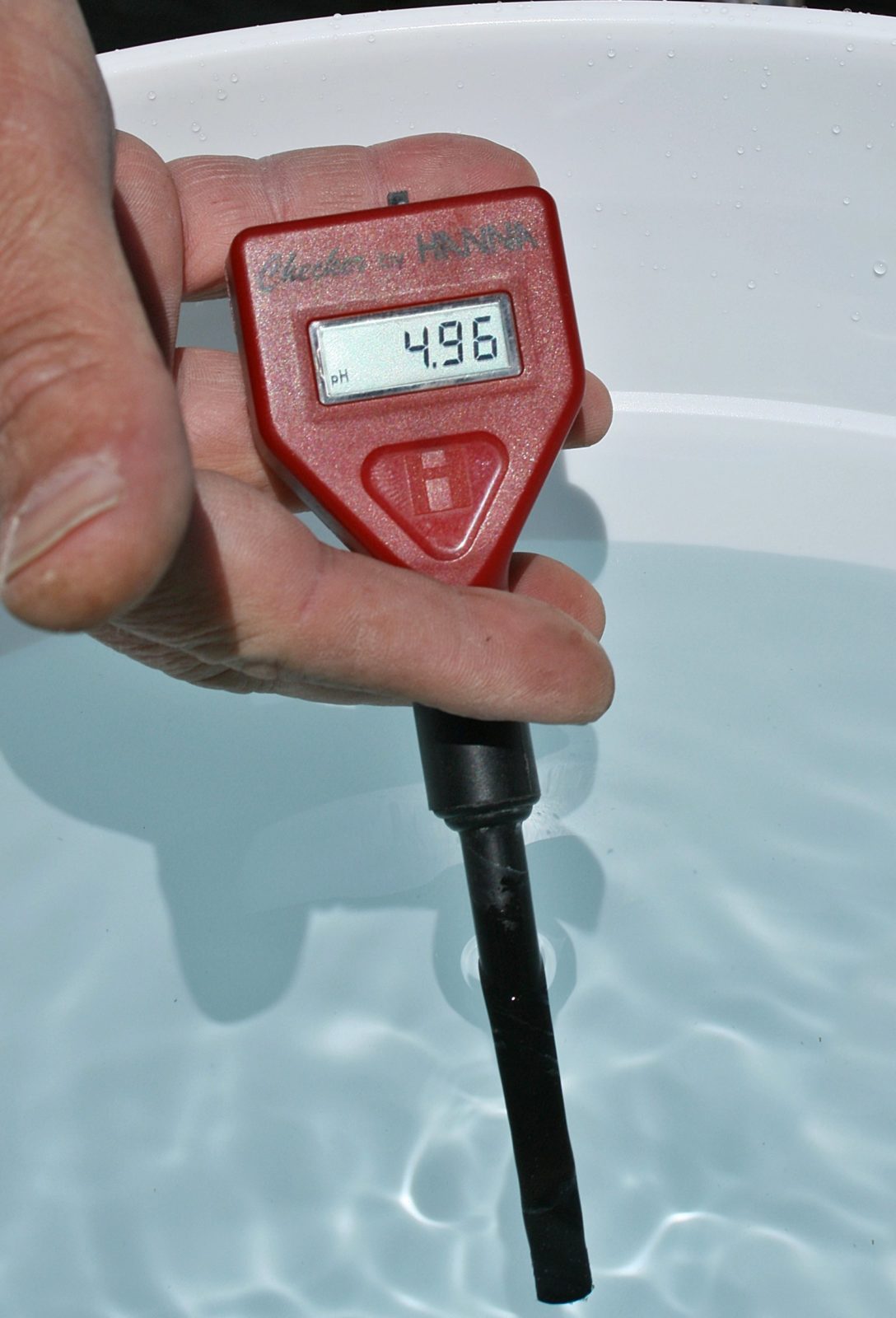
Why Ph Is Important To Your Plants
What is pH? Also known as ‘potential hydrogen’ or the ‘power of hydrogen’, pH is the acidity or alkalinity of a solution on a logarithm which is dependent on the total hydrogen ion concentration. This is the potential hydrogen-hydroxyl ion content of a solution. Solutions ionize into positive and negative ions, and if a solution has more hydrogen ions than hydroxyl ions, it will be acidic.
Similarly, is a solution had more hydroxyl than hydrogen it is considered alkaline. A pH of 7 is considered neutral, and the lower the pH, the more acidic it is, whereas the higher the pH, the more alkaline it is. The acidity or alkalinity of your grow medium is vital as it affects the plant growth. Normally, pH of soil ranges from 5.5-7.0 and hydroponic from 5.5-6.5.
Hydroponic pH
While growing hydroponic plants, it is very important to keep checking the pH. There are many ways of checking the pH of the soil. One simple method is by using paper test strips. These impregnated strips detect a change in pH with the help of color changing pH dyes. The color of the strip can be compared to a color chart. Another method is a liquid pH test kit which is one of the most popular methods used by gardeners. This method works by adding a few drops of liquid to the nutrient solution and compare the color of the liquid with a color chart.
The most high-tech method of checking the pH is by using digital meters. The digital pen is a popular meter used by gardeners which is used by simply dipping the electrode into the nutrient solution, the value of the pH is displayed on a screen. These pH meters are very sensitive and need to be calibrated frequently. pH meters can vary quite a bit in price from $80-$300. You often get what you pay for so if you’re just a hobbyist then get a more affordable one, if you’re more professional and ‘in it to win it’ then upgrade to a more solid state one. Either way, you must have a pH meter if you are serious about learning Hydroponics.
Hydroponic pH should be kept acid between 5.5 – 6.5 for optimal growth. Different nutrients get unlocked at different pH ranges. Many of these nutrients have what you could call a ‘domino effect’ where one nutrient must be ‘unlocked’ first before the next nutrient can then be accessible to the plant. These nutrients are only available at certain pH ranges. Ideally we start a reservoir at a low pH to unlock the first in this chain reaction of nutrients, then gradually let it rise. As it rises, the ‘domino effect’ takes place with each rise in pH points. While all this may sound more complicated than it really is, just try to keep the pH at around 5.8 for Tomatoes and resinous flowers. Then it will naturally dip and rise every 24 hours so that the chain reaction of nutrients happen anyway without having to give too it much attention.
Usually when you first make a reservoir of fresh nutrients, the pH will start off very low. Over the course of several days the pH reading can vary but will inevitably rise as the plants absorb the viable nutrients. Hence, pH is of vital importance when growing plants and needs to be regularly monitored in order to have a successful hydroponic garden.
Soil and pH
Now how does pH effect the soil? The soil pH alters the solubility of minerals or nutrients. Nutrients in the soil need to dissolve in water before they can be taken up by plants. A majority of the nutrients and minerals are more soluble in acidic soils. The less acidic the soil, the fewer nutrients and minerals available. When the pH is not suitable for the plant, it loses its ability to absorb essential elements. Most plants can survive in a pH of between 5.0 and 7.5.
When the pH begins to rise to about 6.5, some of the nutrients like iron begin to precipitate out of the solution which makes them unavailable for plants to absorb. At the pH level of 7.3 around half of the iron content gets precipitated out and at around 8.0 pH there is practically no iron left in the solution. Once nutrients and micro-nutrients have precipitated out of the solution, they can so longer be delivered to the plant resulting in deficiency and death of the plant.
Another example is leaching of calcium ions by rainwater and irrigation which results in soil becoming more acidic. Using nitrogenous fertilizers like ammonium nitrate and ammonium sulphate can have a similar effect. The acidic soil causes stunting of growth and yellowing of leaves of the plants. Vegetables are most intolerant to acidic environments and can result in them being more prone to fungal attacks. Some plants, however, are tolerant of acidic pH such as azaleas, blueberries, white potatoes, conifer trees.
These plants can grow successfully in slightly acidic pH. Soil pH also affects plant growth by affecting the beneficial microorganisms.
Essential bacteria that play a role in decomposing soil organic matter are disturbed by acidic pH. This results in organic matter building up and tie up nutrients which are then not available to the plants.
